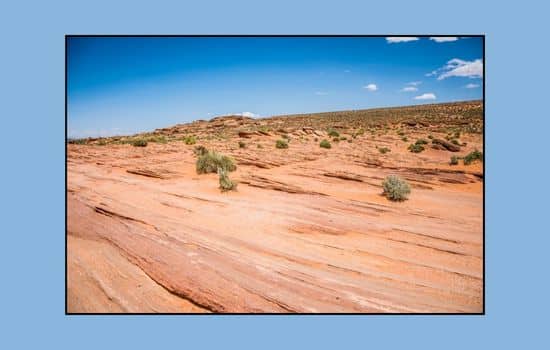Advertisements
Arid and semi-arid climates immerse us in a world of desert landscapes, where water scarcity and high temperatures create an inhospitable but surprisingly beautiful environment.
From burning deserts to dry steppes, these environments are home to a unique variety of flora and fauna adapted to extreme conditions.
Advertisements
In this article, we will explore the different types of arid and semi-arid climates and discover the wonderful diversity and unique adaptations they offer.
What are Arid and Semi-Arid Climates?
Arid and semi-arid climates are characterized by low rainfall and high evaporation, resulting in dry, desert-like conditions.
Advertisements
They are found in regions of mid latitudes and low, where the influence of the oceans is limited and dry air masses dominate.
See also
These climates are divided into two main subtypes: arid climates and semiarid climates.
Arid Climate: Desert Landscapes and Extreme Temperatures
Arid climate is found in regions where the precipitation are minimal and temperatures can vary considerably between day and night.
These climates are characterized by dry, sparsely vegetated soils, with vegetation adapted to dryness and lack of water. The Sahara, Kalahari and Gobi deserts are examples of areas with an arid climate.
Exploring the Deserts: A World of Desolate Beauty and Adaptive Living
Deserts are desolate but surprisingly beautiful landscapes, with sand dunes, rocky canyons and unique geological formations.
Related Posts:
These areas are home to a variety of wildlife adapted to the extreme conditions, such as camels, lizards, scorpions and a variety of hardy plants.
Semi-arid climate: A transition between aridity and fertility
Semi-arid climate is found in regions where rainfall is limited but still significant enough to allow vegetation growth.
These climates are characterized by hot summers and mild winters, with a long dry season. Steppes and savannas are examples of areas with a semi-arid climate.
Discovering the Steppes: A Landscape of Hardy Grasses and Shrubs
Steppes are open landscapes dominated by hardy grasses and shrubs, with rolling plains and low hills.
These areas are home to a variety of wildlife adapted to semi-arid conditions, such as bison, antelope, coyotes, and a variety of migratory birds.
Importance of Arid and Semi-arid Climates in Ecosystems
They play a crucial role in the biodiversity and ecological balance of the Earth.
They provide vital habitats for a variety of plant and animal species adapted to extreme conditions, and are important in regulating the global climate and maintaining the water cycle.
Conservation of Arid and Semi-arid Climates: Protecting Unique Natural Treasures
Conservation of arid and semi-arid environments is essential to protect the biodiversity and natural resources of these unique regions.
This includes the preservation of natural habitats, the sustainable management of natural resources and the promotion of responsible agricultural practices.
It is also important to address threats such as desertification, urbanization and climate change.

Conclusion
Arid and semi-arid climates offer us a glimpse into a world of stark beauty and unique adaptations.
From scorching deserts to rolling steppes, these regions remind us of the incredible diversity and resilience of life on our planet.
By understanding and appreciating climates, we can work together to conserve and protect these valuable ecosystems for future generations.




